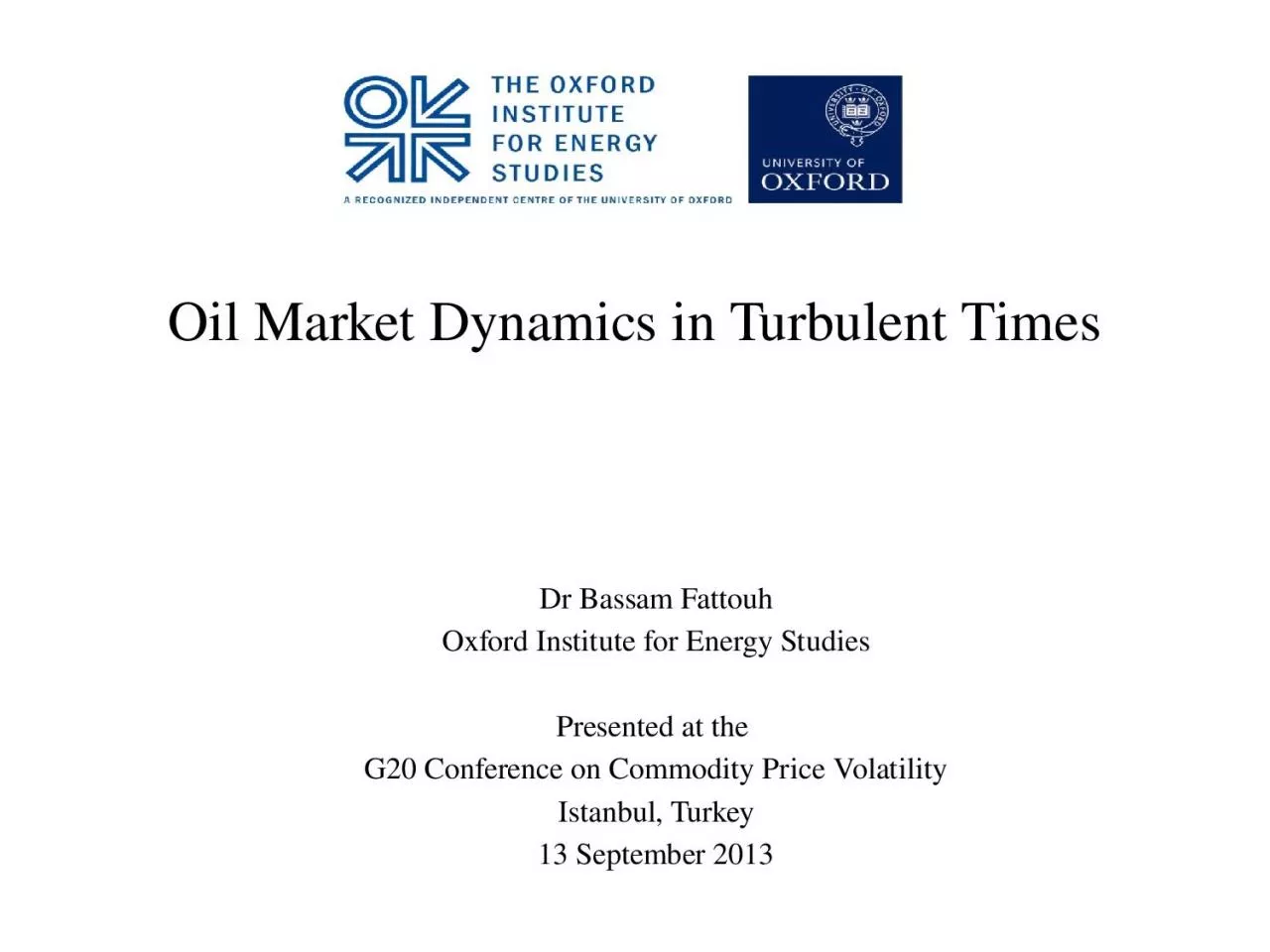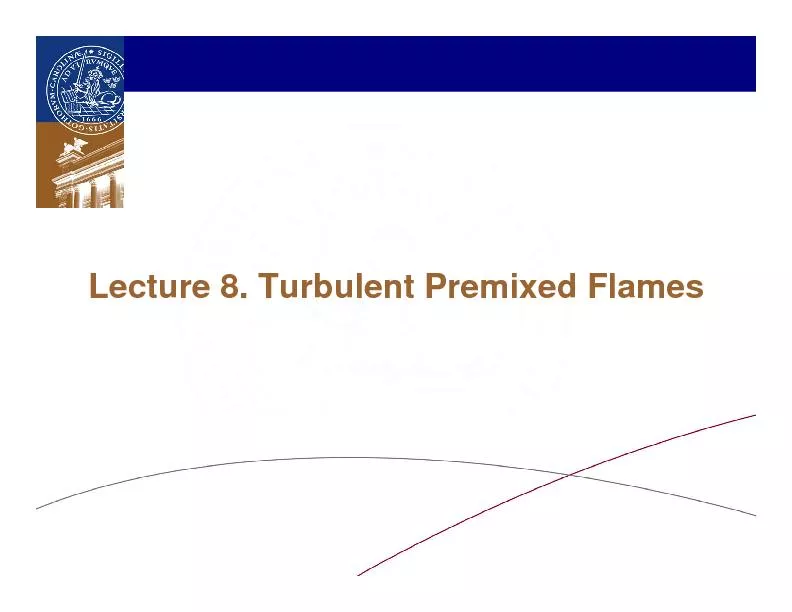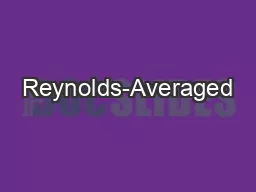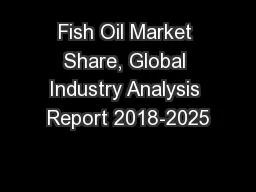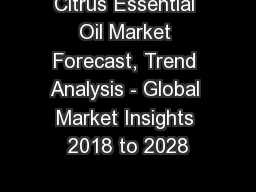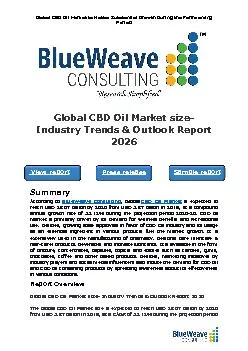PPT-Oil Market Dynamics in Turbulent Times
Author : garcia | Published Date : 2023-11-04
Dr Bassam Fattouh Oxford Institute for Energy Studies Presented at the G20 Conference on Commodity Price Volatility Istanbul Turkey 13 September 2013 Main Themes
Presentation Embed Code
Download Presentation
Download Presentation The PPT/PDF document "Oil Market Dynamics in Turbulent Times" is the property of its rightful owner. Permission is granted to download and print the materials on this website for personal, non-commercial use only, and to display it on your personal computer provided you do not modify the materials and that you retain all copyright notices contained in the materials. By downloading content from our website, you accept the terms of this agreement.
Oil Market Dynamics in Turbulent Times: Transcript
Download Rules Of Document
"Oil Market Dynamics in Turbulent Times"The content belongs to its owner. You may download and print it for personal use, without modification, and keep all copyright notices. By downloading, you agree to these terms.
Related Documents

